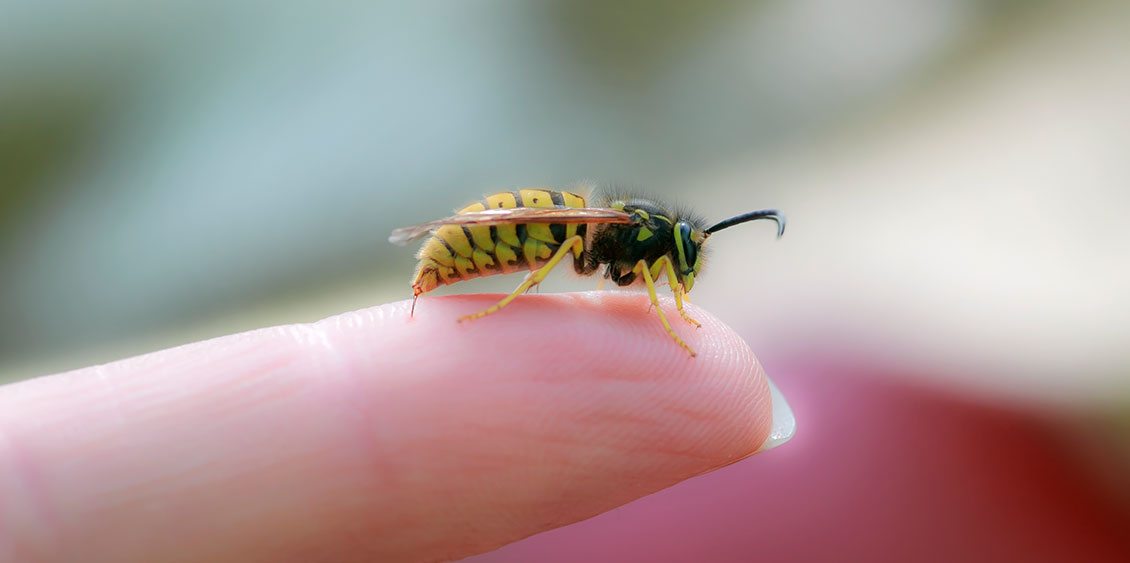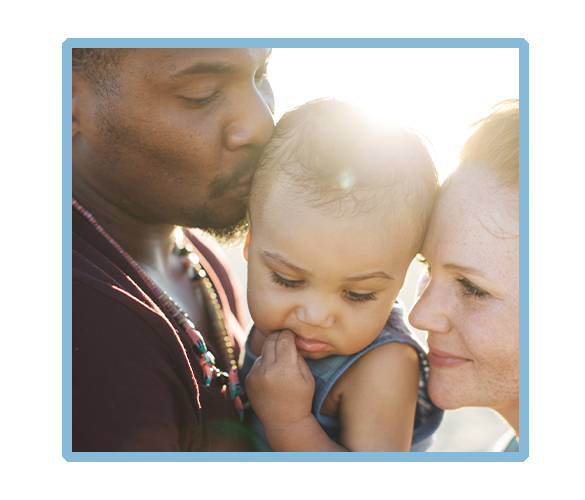When the weather warms up, people flock to terraces and parks to enjoy the summer sun. Unfortunately, so do wasps! While these insects are essential to our ecosystem, they can become a nuisance during picnics and barbecues. Here’s everything you need to know to prevent a wasp sting from ruining your day.

Why do wasp stings cause swelling?
When a wasp stings you, it injects a powerful venom into the skin. Right after you’re stung, the skin surrounding the skin will feel hot, as if you just lightly scalded yourself, and a red, itchy raised welt will form around the sting site. For most people, this reaction remains local and subsides within a few hours without complications.
Did you know? Approximately 1 in 25 people may develop a severe allergic reaction. If you experience unusual swelling of the face or throat, your breathing becomes laboured, or you experience dizziness, nausea, or general discomfort, it may be anaphylaxis.
In the event of an anaphylactic response, every second counts: call 911 right away and, if you have one, use your epinephrine auto-injector as soon as possible.
What should you do after a wasp sting?
- Stay calm and move away from the wasp: Keeping calm keeps your adrenaline from spiking and prevents you from attracting more wasps.
- Clean and disinfect the sting: wash the affected area with water and a mild soap. When hiking, an antiseptic such as chlorhexidine or an iodine solution should do the trick.
- Apply cold: Apply a cold compress or ice pack wrapped in a thin cloth. Do not apply ice directly to the skin.
- Use a soothing cream: Apply a thin layer of healing ointment or mild hydrocortisone cream twice a day. Avoid harsh products containing painkillers that could irritate your skin.
- Watch for warning signs: If you develop a welt larger than 10 cm in diameter, your swelling gets worse, or if you develop generalized symptoms (fever, shortness of breath), go to the emergency room as soon as possible.
Read more: To learn more about insect bites and precautions to take, read our full article, Insect bites: what should you do?
Are some wasp stings more painful than others?
Regardless of the species of wasp that stings you, the venom will still cause the same amount of pain after a sting.
What are the possible side effects of a wasp sting?
In addition to the pain from the sting, you may experience mild swelling, redness, and itching around the sting site. In some cases, you may also feel some general discomfort such as headache, nausea, or temporary fatigue, especially if you’re sensitive to the compounds in wasp venom.
These symptoms are usually harmless and will clear up with treatment. If you notice that these symptoms get worse or you experience more serious side effects, talk to your pharmacist as soon as possible or go to the emergency room.
What are the symptoms of an allergic reaction to a wasp sting?
- Local reaction: severe swelling and itching at the sting site
- Hives: red, raised welts that may appear far from the site of the bite
- Angioedema: pronounced swelling that often affects the lips, eyelids, or inside of the throat
In more serious cases:
- Difficulty breathing
- Swelling of the face or throat
- Drop in blood pressure, dizziness, or loss of consciousness
- Nausea, vomiting, or diarrhea
When will the swelling go down?
Swelling caused by a wasp sting is often the worst between 12 and 24 hours after the sting, then gradually goes down: in most cases, swelling and redness reduce significantly after 48 hours, then disappear completely in two or three days.
What should you put on a wasp sting?
In addition to conventional treatments, there are a number of effective home remedies. Apple cider vinegar can help neutralize the venom, thanks to its acidic pH. Baking soda applied as a paste can often soothe the itching. As for aloe vera gel, it moisturizes the skin while calming inflammation.
Keep in mind that while these are helpful complementary treatments, they are not a substitute for washing and thoroughly disinfecting the wound. When in doubt, ask your pharmacist for advice.
What’s the difference between a wasp sting and a bee sting?
The main difference is that bees lose their stingers and die when they sting, whereas wasps can sting multiple times without leaving their stingers behind. Both cause similar pain and swelling, but their venom is different. That means you can be allergic to one type of sting and not the other.
When should you seek medical advice after a wasp sting?
If you know you’re allergic to insect bites, always keep your epinephrine auto-injector nearby and make sure others know where it is. If you’ve been stung by a wasp, don’t hesitate to visit your pharmacist to make sure you don’t have a dangerous reaction. In case of severe symptoms, call 911 immediately.
Prevention tips
Here are a few simple tips to avoid becoming a target for wasps and prevent your weekend at the cottage from being spoiled:
- Avoid wearing heavy fragrances
- Avoid wearing brightly coloured clothing
- Keep food covered when eating outside
- Apply an appropriate insect repellant before doing outdoor activities
By following these tips, you’ll be prepared to treat wasp stings effectively and enjoy your summer with peace of mind. Our team of pharmacists is on hand to advise you and help you enjoy a carefree summer.
Last updated on July 21, 2025
Other articles that might interest you
